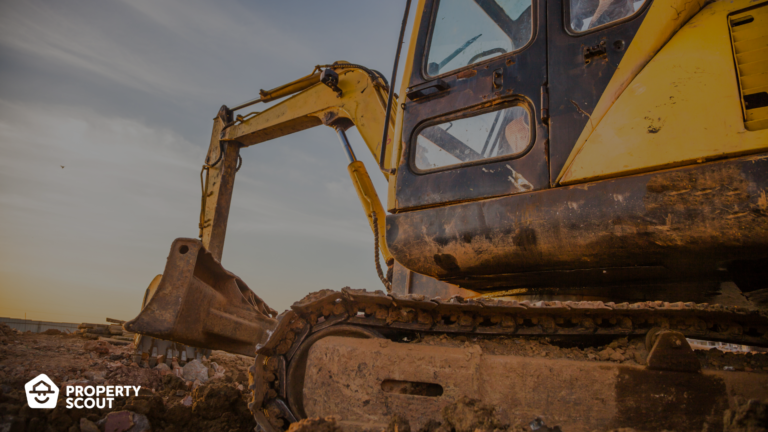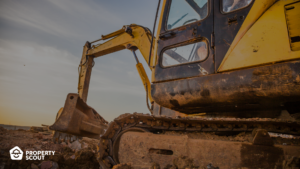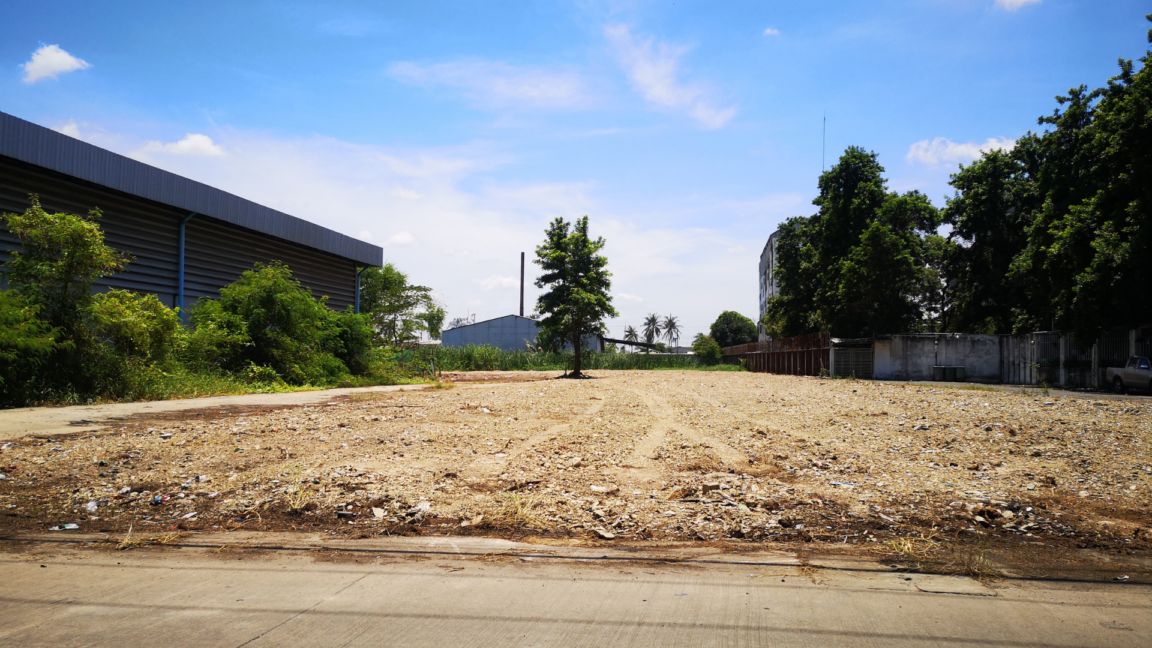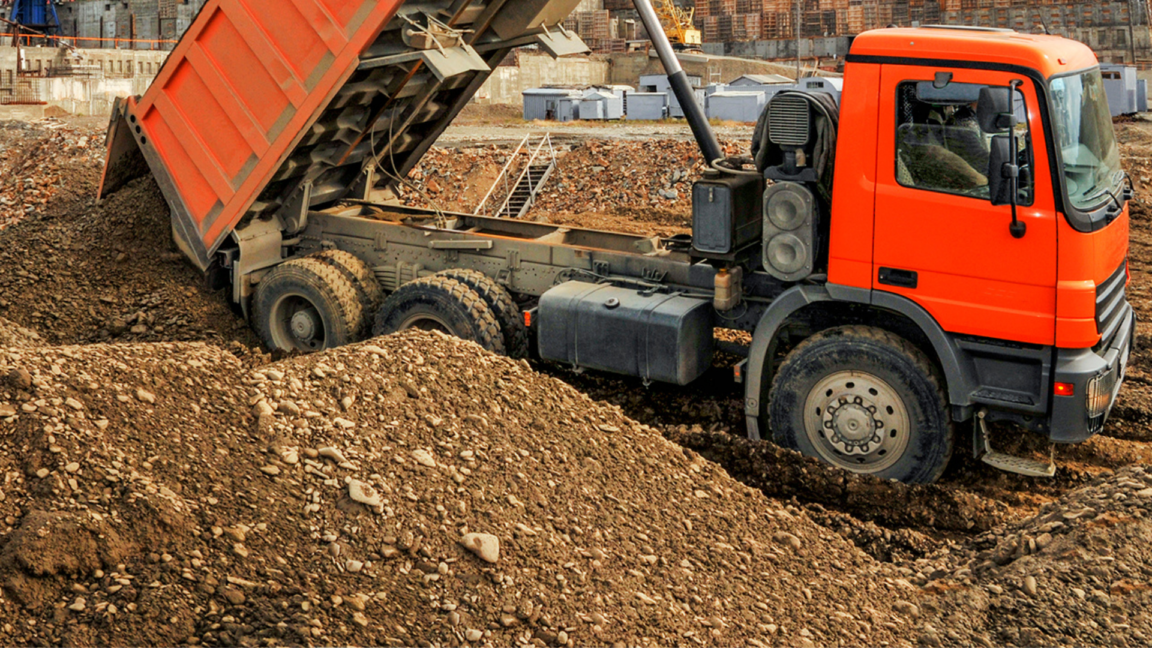Legal Land Filling Demystified: Expert Advice for Responsible Landowners


Before you dive into building your dream house, there's a crucial aspect that every landowner should be well-versed in: land filling. It's the very foundation that ensures stability and strength for your structure. However, navigating the realm of land filling can be intricate - involving legal regulations, understanding the land's history, and selecting the right contractors. That's why it's important for landowners to delve into the process, studying and comprehending its intricacies before embarking on any construction project, be it a cozy home or any other architectural marvel. Join us as we explore the significance of land filling and equip you with the knowledge you need to make informed decisions for a successful build.
What to know before Land Filling
The Legalities
Before embarking on your dream home construction, it's vital to delve into the legal aspects of land filling, a crucial element of the building process. Neglecting these regulations could have detrimental effects on neighboring properties. That's why understanding the Excavation and Fill Act B.E. 2543 is crucial, with three key points that every aspiring homeowner should consider.
- If the landowner needs to excavate the soil with a depth greater than 3 meters from the ground level, they must notify the local authorities (Governor of Bangkok Metropolitan Administration within Bangkok area or the Mayor within municipal areas) and conduct the excavation according to the guidelines set by the local authorities.
- If the excavation depth is less than 3 meters from the ground level but is close to the boundary of other landowners within a distance less than twice the depth of the intended excavation pit, preventive measures must be taken to prevent soil collapse and protect the neighboring areas.
- For land filling higher than the surrounding area, if the height of the embankment exceeds the level of adjacent landowners and the area of the embankment is less than 2,000 square meters, proper drainage should be provided to prevent water accumulation and potential issues for neighboring landowners.
- The height of the land filling near the boundary of others must maintain a distance from the land boundary or public areas, which is not less than the height of the embankment. For example, if the land filling is 2 meters high, there should be a setback of 2 meters, or if it is 5 meters high, there should be a setback of 5 meters. However, exceptions can be made for not filling the entire area by constructing retaining walls.
For those who have owned land for an extended period, it is crucial to revisit and reassess the property before embarking on any filling or construction endeavors. The effects of time can significantly impact the suitability of old land for building purposes. Previous issues like flooding or soil erosion may have affected your land. Hence, it becomes imperative to reacquaint yourself with the current condition of your property before proceeding with any land filling activities.
Check the ground level of the road in front of your house and the surrounding areas

When it comes to land filling, it's common practice to elevate the land higher than the road level by approximately 50-80 cm in front of your house. However, maintaining harmony with neighboring properties is essential, so it's crucial not to excessively raise the land beyond this range. This is particularly important because the area between your property and the public road often has a steep slope, and excessive land filling can result in water drainage problems and potential flooding in neighboring areas. It's also worth noting that exceeding an elevation of 80 cm can incur higher costs and pose a risk of excessive pressure that may damage your property's walls or fences.
Make sure to check for flooding history

Before undertaking any land filling project, the first task at hand is to investigate the area's flood history. This can be accomplished by delving into past news archives or engaging in conversations with local residents. By doing so, you can uncover vital information such as the maximum water levels experienced during floods and the capacity of public drainage systems. Equipped with this knowledge, it becomes imperative to reach out to the relevant government agencies to assess the optimal land filling elevation. This diligent approach aims to mitigate flood hazards and ensure efficient water drainage, safeguarding your property from potential water-related challenges.
Read More on Soil types in Land Filling:
What to do if your neighbor filled in land too high?

Encountering a situation where neighboring land is filled excessively requires prompt action. The first crucial step is to inform the homeowner, ensuring they are aware of the legal provisions stipulated in the Excavation and Fill Act B.E. 2543. It's also important to consider regulations within the City Planning Act and other relevant controlling laws. Initiate a constructive conversation with the homeowner or neighboring landowner to foster understanding and seek a mutual agreement. However, if negotiations prove unsuccessful, it is advisable to seek assistance from local authorities. They can intervene and take appropriate measures to halt the excessive land filling activities.
Check land filling prices to prevent contractor fraud

Once you are aware of the legal regulations regarding land filling and have knowledge of your own land history, let's explore the cost aspects of land filling. Generally, the cost of land filling varies based on several factors, such as transportation distance, area size, and soil conditions. These factors are often challenging to control.
Therefore, for landowners who wish to build a cost-effective house, it is advisable to start studying the cost aspects of land filling. This is because different contractors may have varying pricing methods. Some may charge based on truckloads, while others may charge based on volume or even include compaction costs.
To compare and calculate the most affordable contractor, landowners can convert land area from square yard to square meters using the following formula:
[Area in square meters] = [Area in square yard] multiplied by 4
Example
The land area of 60 square yard is equivalent to 60x4 = 240 square meters. Once you have the land area in square meters, you can calculate the required height of the land filling as follows:
Height of land filling (in meters) x Area in square meters = Volume of soil needed (in cubic meters) For a desired land filling height of 2 meters x 240 square meters = 480 cubic meters. This calculation should account for a compaction factor of approximately 20-30%.
Volume of soil needed (in cubic meters) x 30% = 480 x 30% = 480 + 144 = Approximately 624 cubic meters of soil required for the land filling.
Once you have this number, you can compare it with the price provided by the contractor, whether they charge per truckload (depending on the capacity of the truck) or per cubic meter (typical land filling costs range from approximately 280-350 Baht per cubic meter). This will help you determine which pricing method is more cost-effective.
Read More on how to prevent contractor fraud:
Closing Comments
A solid grasp of land filling techniques is the key to a seamless home construction journey and long-term problem prevention. By understanding how to properly fill the land, you can safeguard against soil subsidence, ultimately saving on future maintenance and repair costs. At PropertyScout, we emphasize the significance of not overlooking the land itself when planning to build a house. Alongside studying structural aspects and building regulations, giving due attention to the land is crucial. After all, it serves as the vital foundation on which your dream home will stand.
Check out out expansive selection of properties of various kinds, available both for sale and rent, to make your dream residence a reality!



